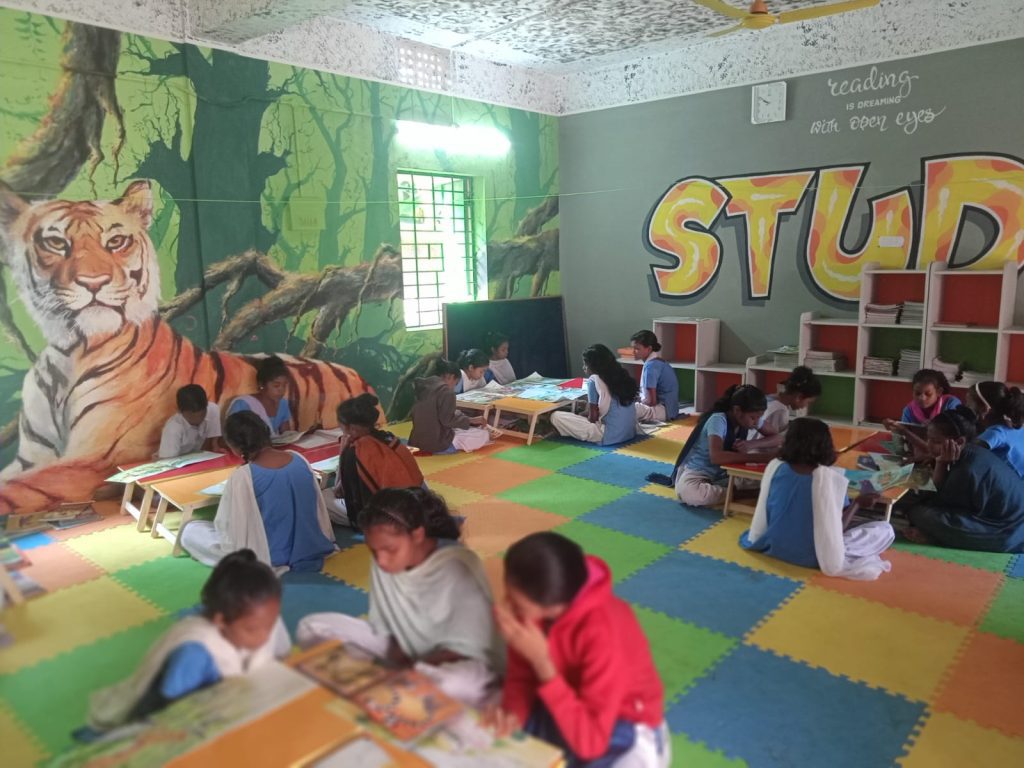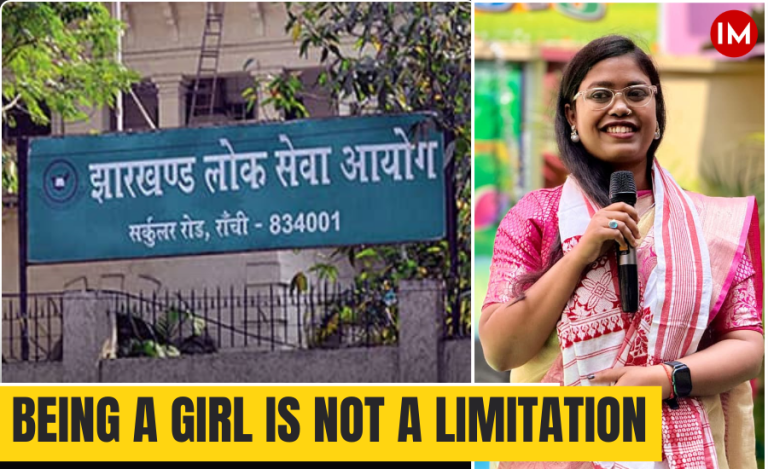When it came to the Gajapati District administration’s notice that students from their tribal residential schools are unable to read, write, and narrate properly, they decided to do something about it. Under the guidance of the District Collector of Gajapati, IAS officer Lingraj Panda, District Welfare Officer Santosh Rath, and PA ITDA Falguni Majha, OAS, the administration decided to hold story-telling and writing sessions for the young kids, to help them develop their own reading and writing skills.
In an exclusive conversation with Indian Masterminds, Mr. Panda shared details about the project.
LACK OF READING/WRITING SKILLS
Being a tribal-dominated district, Gajapati has numerous Tribal Residential Schools, which are run by the Scheduled Castes and Schedules Tribes Development Department. Also called ‘Ashram Schools’, these institutions primarily address the educational needs of tribal children, where they are provided boarding and lodging facilities until they complete their secondary education.
“We realized that there was a dissonance in the ability to create a narrative and speak it out amongst the children from tribal residential schools. Students from sixth grade could not even achieve the reading and writing skills of a third grader, which resulted in a major dropout rate down the line, especially among girl students,” shared Mr. Panda.
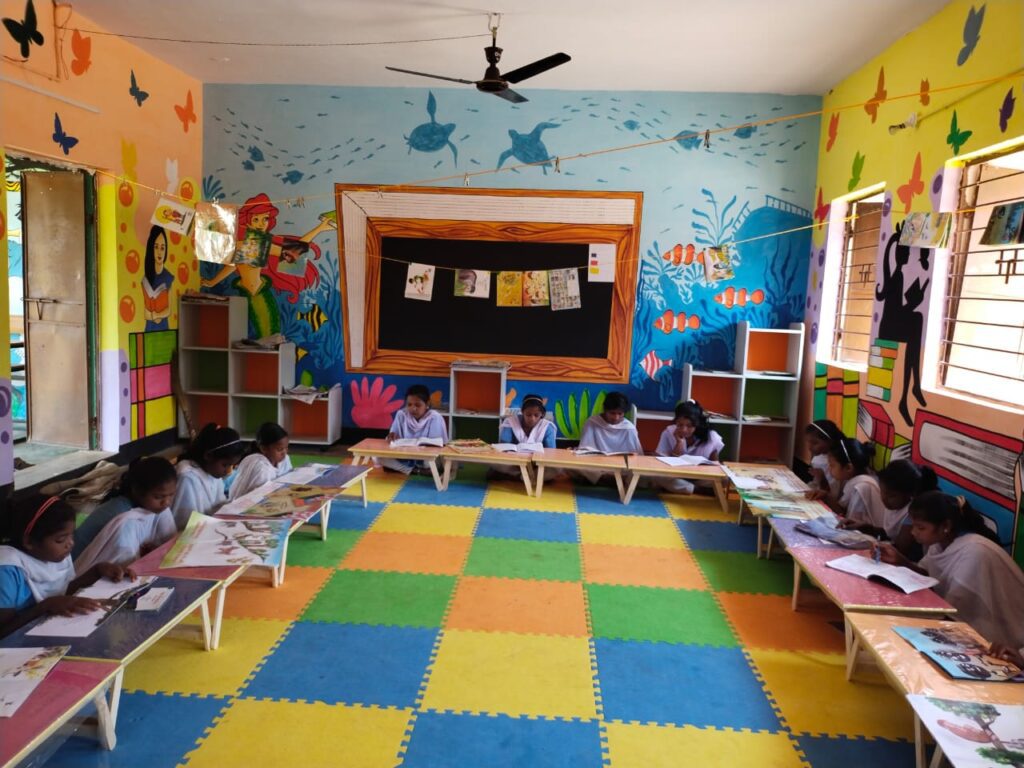
STORYTELLING AND WRITING
The officer understood that the best way to help these kids in reaching to a certain level of narration would be to involve them in the method of story-telling of their own environment. For that to happen, they needed to create a proper atmosphere in the school libraries, which was child friendly and could attract as many students as possible.
For this, each school has put up a special library room that has been decorated and painted with various themes. Numerous books have been stored in the library, primarily pictorial ones. All the books have been colour coded according to the age of the students. The children pick up any book and read loudly before other students and the teacher. If the teacher detects any pronunciation errors, she corrects the student accordingly.
“For very young ones, we have stored mainly pictorial books in the library as they are not yet accustomed to reading, and for the older kids, colourful story books with pictures and narratives have been stored in the place,” he told Indian Masterminds.
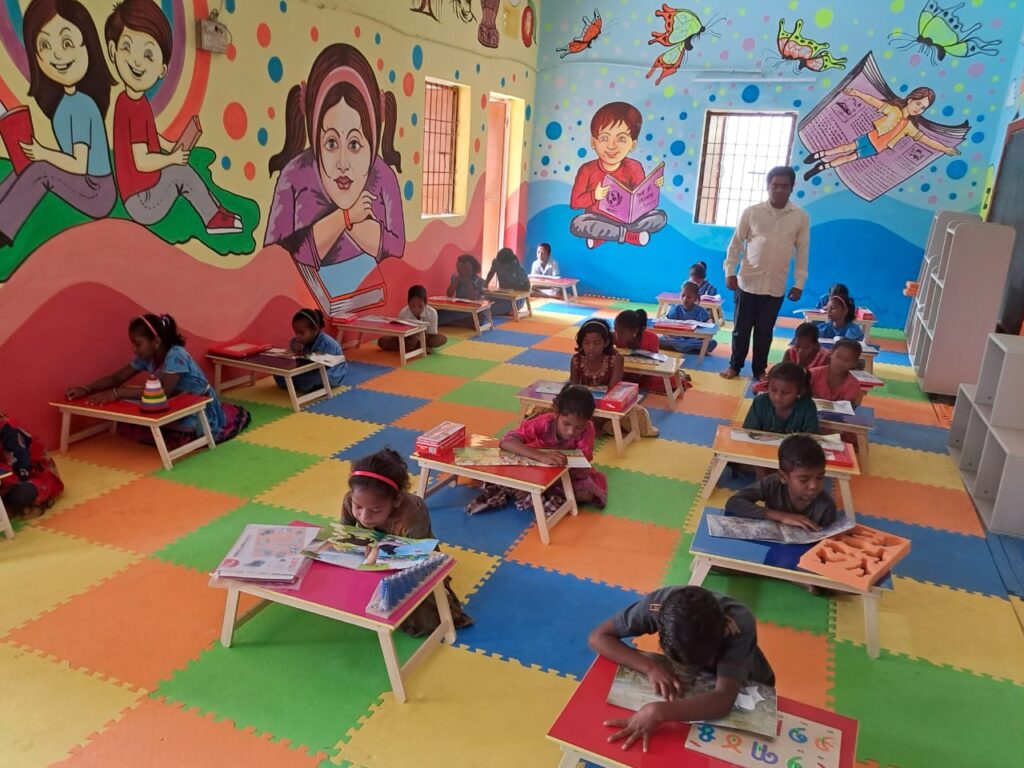
AN EDUCATIONAL ATMOSPHERE
Once the students have picked their book and read it aloud in the class, they are advised to do story-telling where they are asked to narrate the story again, in their own words, or add something creative to the story that they read and share it with the class.
“This helps in developing strong ideational creation, dramatization, and story-telling skills in the students. It also helps in building a child’s imagination,” shared the officer.
Furthermore, the students also make artworks of their stories by converting their narration into drawings and paintings. This strongly builds not only their intelligence but also their creativity. The administration has also set up a television in the library, where the students watch educational videos and channels.
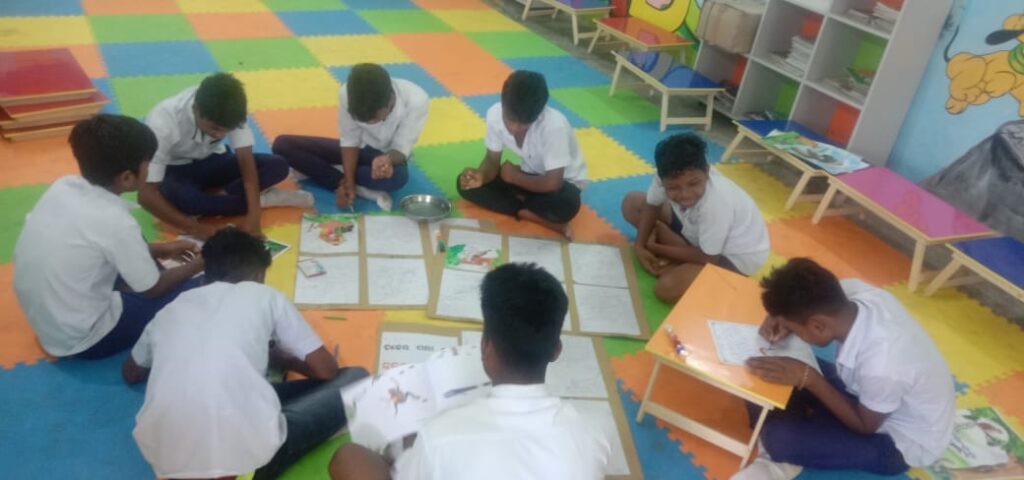
SUCCESSFUL PROJECT
The Integrated Tribal Development Agency (ITDA), Paralakhemundi, has provided funds to paint the library rooms and buy furniture and books for them. They also provided teachers with training so they could assist the students with storytelling and writing, before the initiative was launched, three months ago.
The libraries also have a dedicated ‘Art Corner’ where the best stories and their best artwork is exhibited for everyone to see. The entire environment is made in a fashion where students can make their imaginations run.
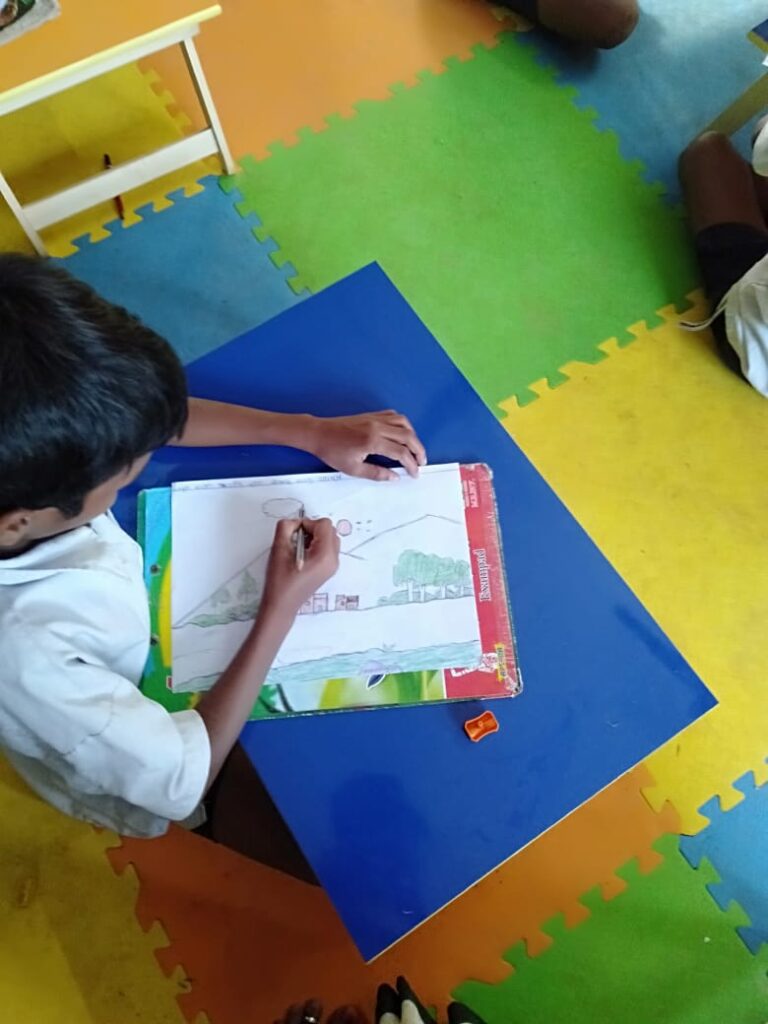
“It is a hierarchy-free environment where you will find everybody on the same level. The rooms are well-lit and well-ventilated. These colourful libraries have been set up in over 50 residential schools as of now. Students generally visit the library on weekends to practice story-telling, writing, and drawing,” Mr. Panda told Indian Masterminds.
The officer expects that with the setting up of these libraries, the district will witness a fall in dropout rates and a rise in educational development, as the basic foundation of a child’s education will get strengthened through the cognitive connection of ideation and story-telling, and the understanding of science and technology.

